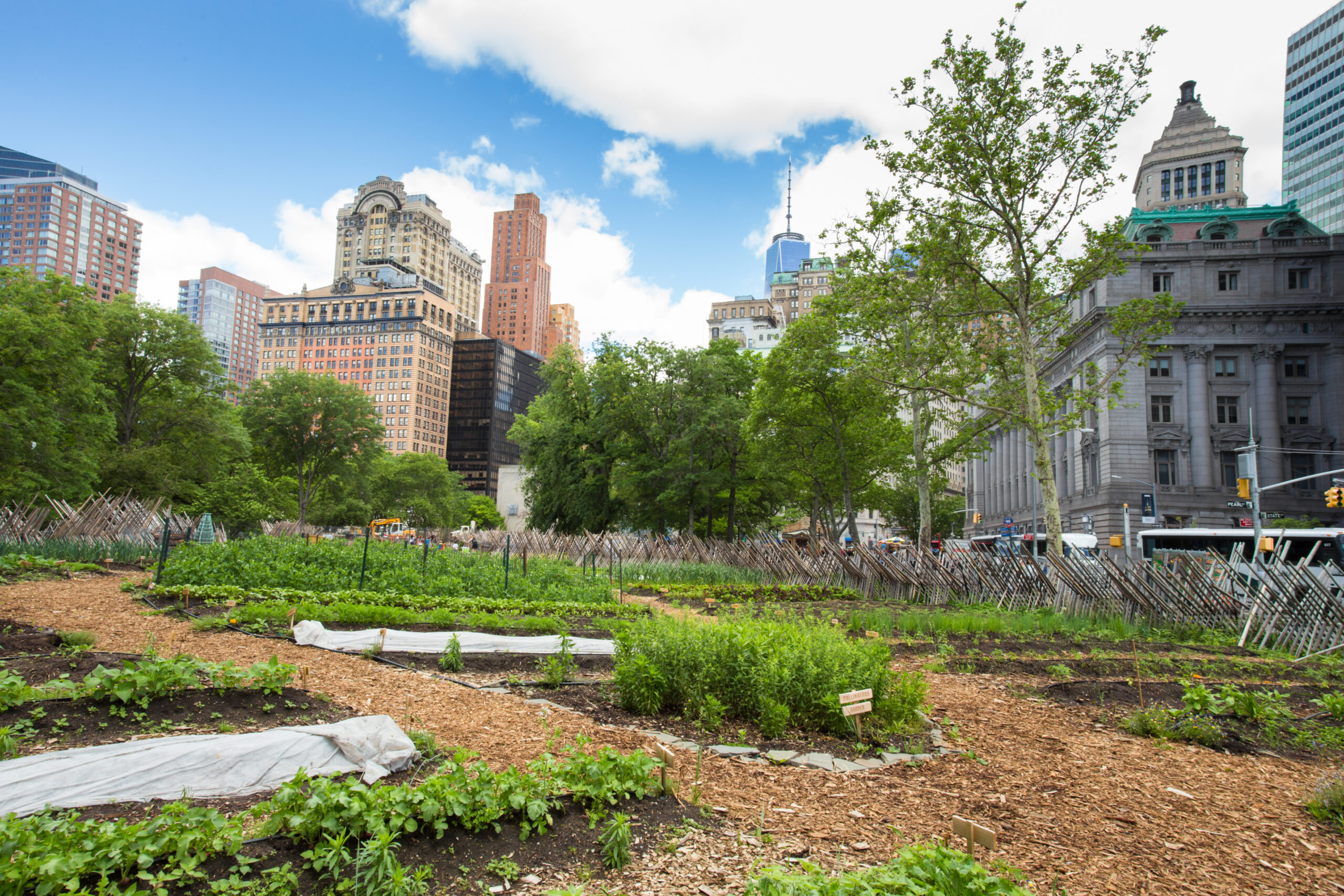City Blooming Fundamentals Explained
City Blooming Fundamentals Explained
Blog Article
The Single Strategy To Use For City Blooming
Table of ContentsWhat Does City Blooming Mean?Getting The City Blooming To WorkThe smart Trick of City Blooming That Nobody is Talking AboutThe Greatest Guide To City BloomingExcitement About City Blooming
Interested in expanding food available for sale in the City of Chicago? Considering starting a community garden? Changes to the Chicago Zoning Regulation permit agricultural usages like neighborhood gardens and city farms in lots of parts of the city. Below is a listing of regularly asked questions relating to the policies and regulations that farmers ought to take into consideration when preparing a city agriculture job.
The zoning change does not change any type of other codes taking care of composting, structure permits, acquiring or leasing City had building, business licenses or environmental contamination. There are existing codes that control these problems and they stay completely impact and might apply to your task. Area yards are usually possessed or managed by public entities, public companies or community-based organizations and preserved by volunteers.
Urban farms grow food that is planned to be offered, either on a not-for-profit or for-profit basis. Due to their industrial function, metropolitan ranches require an organization permit.
Get This Report on City Blooming
The quantity of garden compost product can not surpass 25 cubic yards at any type of offered time according to the criteria in 7-28-715 of the City's Municipal Code. Due to the fact that the soil at most new yard websites requires amending, garden compost, soil, wood chips, or other products can be acquired to create or enhance the growing room.

If a building license is called for after that the hoophouse will certainly be considered an accessory building. You can discover out even more about the building license needs by calling the Department of Buildings. The 25,000-square-foot dimension restriction is meant to avoid a single area yard from dominating a given block or taking away from the block's existing residential or business character.
The limitation does not use to yards found in Public Open Room (POS) districts. Can there be even more than one area yard that is 25,000 square feet on a solitary block? Fence is not called for, nevertheless, yards that have large vehicle parking areas might be needed to mount fencing or various other landscaping attributes.
The 6-Minute Rule for City Blooming
B1 & B2 areas need that all business usage activities be carried out inside. R areas restrict commercial activity. The regulations show the objective and intent of the Zoning Code. Is secure fencing needed for urban ranches? Yes. Fencings may be needed, together with landscape design and testing, for specific parking lot and exterior work or storage locations depending upon place and the details task taking location.
Urban farms need building licenses and zoning authorizations prior to building and construction (sustainable gardening). Various other kinds of city evaluation may be needed depending on particular structures, tasks, size, landscape design, licensing, public heath and stormwater monitoring issues.
Yes. The sort of license is determined by what is taking place at the site. The Division of Company Affairs and Customer Protection can assist determine the specific kind of business license that's called for. Yes. Off road car parking is needed for a lot of business projects in Chicago. The called for variety of garage is based upon the number of workers dealing with website and not the square video of the expanding area.
City Blooming for Beginners

Yes. An urban farm can market garden compost product generated on site, however, the procedure has to abide by the laws in 7-28-715 of the Chicago Municipal Code. Yes. Aquaponic systems are permitted inside on city ranches in numerous zoning areas. Nevertheless, a zoning evaluation and building license is needed in order to mount structures or systems and an organization permit is needed as explained above.
As much as 5 hives or colonies of honey bees might be kept as an accessory usage. Beekeepers need to sign up with the Illinois Department of Agriculture. For additional information about the recommended zoning change you may speak to the Division of Housing and Economic Growth, Bureau of Planning and Zoning at 312.744.8563.
Farming in cities and city locations A metropolitan farm in Chicago. Urban farming refers to various methods of cultivating. https://penzu.com/p/e1495b371b86caaf, handling, and dispersing food in urban locations. The term likewise puts on the area activities of pet husbandry, aquaculture, beekeeping, and gardening in an urban context. Urban farming is identified from peri-urban farming, which occurs in country areas at the side of residential areas.
The Main Principles Of City Blooming
, that seek to form social networks founded on a shared values of nature and neighborhood holism. These networks can establish by means of formal institutional assistance, ending up being integrated right into local town planning as a "transition community" activity for sustainable metropolitan advancement.
Some of the very first proof of metropolitan agriculture comes from Mesopotamia.
Report this page